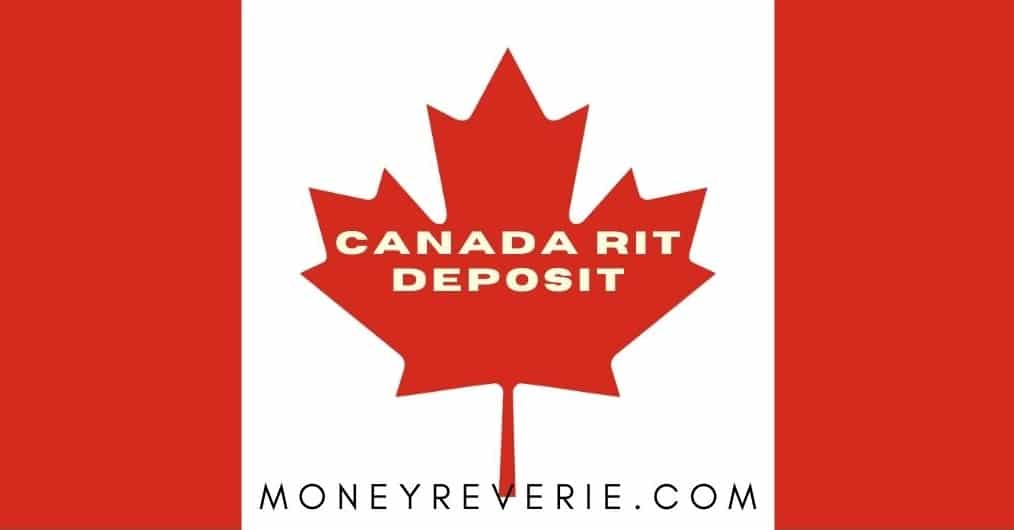The TFSA contribution limit is the maximum amount you can contribute to your Tax-Free Savings Account (TFSA) and the TFSA contribution limit for 2024 is $7,000.
If you turned 18 years old and were a resident of Canada in 2009 but have never previously contributed to a TFSA, you will have a maximum lifetime contribution room of $95,000 if you open your TFSA in 2024.
Your TFSA contribution room starts in the year you turned 18 and accumulates each year, provided you were a resident of Canada in 2009. This accumulation happens even if you do not file an income tax and benefit return or open a TFSA.
Stick with me as I discuss the current TFSA contribution limit and explore all you need to know to take full advantage of your TFSA contribution room, including contribution tracking, TFSA withdrawal rules, and much more.
What is the Annual TFSA Contribution Limit?
The 2024 TFSA contribution limit is $7,000.
The government of Canada limits the amount of money that can be contributed to every TFSA yearly. The annual contribution limit (TFSA dollar limit) is usually indexed to inflation and rounded to the nearest $500.
Below is a recap of each year’s annual TFSA dollar limit since the program began in 2009.
Year | TFSA annual limit |
2024 | $7,000 |
2023 | $6,500 |
2019-2022 | $6,000 |
2016-2018 | $5,500 |
2015 | $10,000 |
2013-2014 | $5,500 |
2009-2012 | $5,000 |
The yearly amounts are reflected in your accumulated TFSA contribution room. So if you were 18 and above in 2009 and have not contributed to your TFSA, you currently have $95,000 of contribution room in 2024.
How Do I Calculate My TFSA Contribution Room?
You can easily calculate your TFSA contribution room by adding up:
- The current year’s contribution limit
- Your unused contribution room from previous years
- The withdrawals from your TFSA in the previous year
For example, let’s say in 2023, you contributed $4,000 to your TFSA with a contribution room of $6,500. You then withdrew $1,000 a few months later. In 2024, you’ll have a contribution room of this year’s $7,000 plus the $3,500 from the previous year, which totals $10,500.
How Can I Track My TFSA Contribution Room?
It’s very important to keep track of your TFSA contribution room as over-contribution will attract penalties. However, the Canada Revenue Agency (CRA) has stopped adding the TFSA contribution room to your Notice of Assessment (NOA).
However, you can quickly check your TFSA contribution room by:
- Registering for “CRA My Account”
- Downloading the “MyCRA” mobile app
- Calling the Tax Information Phone Service at 1-800-267-6999.
Keep in mind that any contributions made or withdrawn from a TFSA in the year before will not be reflected in your contribution room in the present year till February comes to a close.
Using this CRA worksheet, you can also calculate your contribution room for the current year. However, endeavour to keep good records because there are penalties for contributing too much.
Penalties For Over-Contribution To Your TFSA
All contributions to your TFSA during the year will count against your contribution room. So if you contribute more than your available TFSA contribution room at any time in the year, you will be subject to penalties.
For each month that the excess amount remains in your TFSA account, you must pay a tax equal to 1% of the highest excess amount in the month.
So, for example, if you exceeded your available TFSA contribution room by $6,000, you would be charged a penalty of $60 monthly and $720 after one year.
TFSA Withdrawal Rules
You can withdraw money from your TFSA whenever you want, as long as the underlying investment isn’t subject to lock-in rules. There are no withdrawal limits for your TFSA.
Your withdrawals do not count as income and are 100% free of any tax, so it doesn’t affect income-based benefits like the Canada Child Benefit, the Canada Workers Benefit, the GST/HST Credit, the Age Credit, Old Age Security, or the Guaranteed Income Supplement and employment insurance benefits.
The next year after withdrawing from your TFSA, the amount you withdrew is reversed back to your allowed TFSA contribution room. So, if you withdraw $10,000 from your TFSA in 2021, as of January 1, 2022, you will have an additional $10,000 of contribution room left.
How to Authorize a Representative
You can authorise a representative (such as your spouse or common-law partner, tax preparer, or accountant) to get information about your tax affairs and give the government information on your behalf.
The government accepts information from and provides information to your representative only after they are satisfied that you have authorised them to do so through your CRA My Account.
Your authorisation will stay in effect until any one of the following situations applies:
- It is cancelled by you or your representative
- It reaches the expiry date you choose
- They receive notification of your death
You or your representative can cancel your consent by telephone or in writing.
How To Find Your TFSA Mail Online
Some TFSA letters are available for online mail. When you register for online mail, the CRA sends an email notification whenever there is new mail to view in your secure online account.
Correspondence available through online mail will no longer be printed and mailed to you through Canada Post.
How Will TFSA Receive Your Information?
By the last day of February of the following year, all issuers must electronically submit a TFSA record for each individual with a TFSA.
If you disagree with any of the information on your TFSA Room Statement or TFSA Transaction Summary, including dates and amounts of contributions, and withdrawals, that your TFSA issuer has provided, contact your TFSA issuer.
If any information initially provided by the issuer regarding your account is incorrect, the issuer must send the government an amended record so that records can be updated.
Final Thoughts on TFSA Contribution Limit
It’s no surprise that TFSAs are popular choices among Canadians who want to preserve their wealth and reduce the taxes they have to pay, but you have to be careful and follow the rules of using this investment tool.
If you know your TFSA contribution limit and contribution room and follow the rules governing all TFSA-related activities, then you are on the right track.
Remember that any excessive contribution attracts a potentially steep penalty of 1% of the highest amount you contributed in the month and for every month you have over-contributed. So, tread carefully as you indulge in TFSAs.
FAQs on TFSA Contribution Limit
Are Capital Losses Deductible?
TFSA withdrawals are tax-free, which is awesome. But it’s important to remember that capital losses within your TFSA will not be deductible because they’re tax-free.
Can You Have Multiple TFSAs?
You can open additional TFSAs at different financial institutions. Each account will contribute towards your overall TFSA contribution limit, so ensure you don’t go over.









